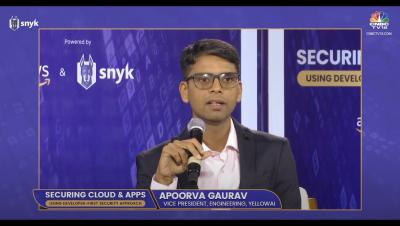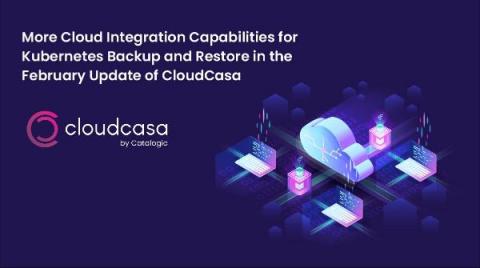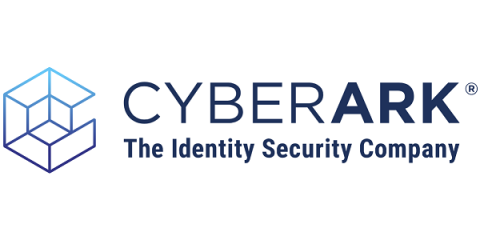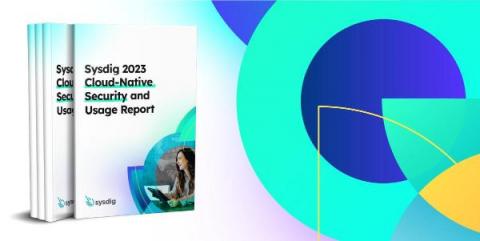Rubrik Brings Security at the Point of Data to Microsoft Azure Stack HCI
Operating in a cloud model means not only being able to access your data anywhere but that your infrastructure is flexible and scalable enough to accommodate demands that change from day to day or sometimes from moment to moment. This is easy enough to achieve in a public cloud, where resources can be made elastic and added and removed dynamically.











